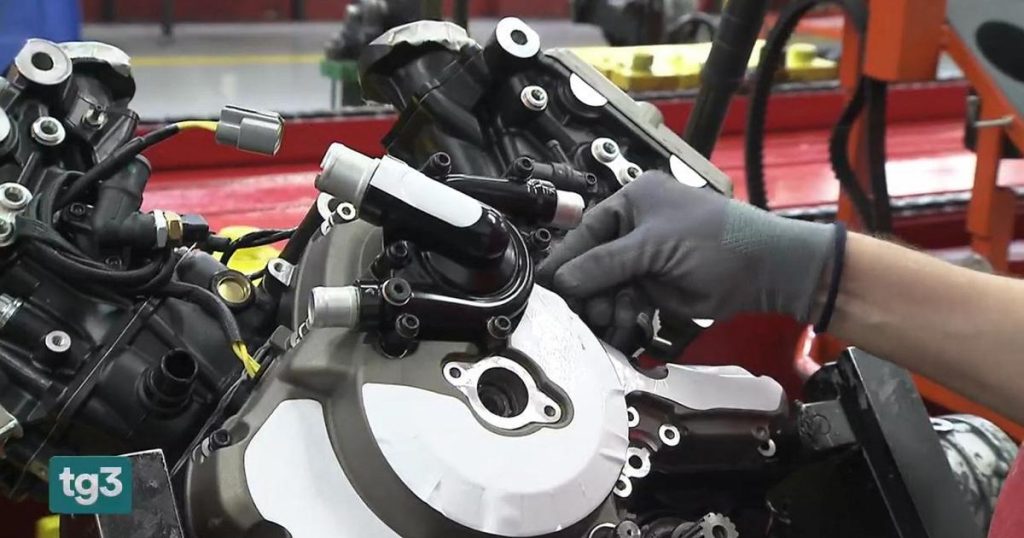The Italian Economy Slows Down
In the second half of the year, the Italian economy has come to a near standstill, a stark contrast to the robust growth seen in other European nations like Spain and Portugal. This stagnation has placed Italy in the same category as Germany and France, two other major European economies facing significant challenges. The slowdown is particularly concerning given the unprecedented financial support Italy has received through the National Recovery and Resilience Plan (PNRR), a massive injection of European funds aimed at boosting economic recovery and modernization.
A Year of Contrasts
While Spain and Portugal have reported impressive economic growth, Italy’s performance has been lackluster. The PNRR, which promised to inject billions of euros into the Italian economy, was designed to stimulate growth, create jobs, and modernize infrastructure. However, the second half of the year has seen a marked deceleration, with the overall growth for 2024 projected to be just 0.5%. This figure is a far cry from the initial optimistic forecasts and highlights the complex challenges facing the Italian economy.
The Impact of Stagnation
The economic stagnation in Italy has far-reaching implications for both the domestic and European landscapes. For Italian citizens, it means fewer job opportunities, reduced consumer confidence, and a slower pace of recovery from the economic downturns of recent years. The government’s ability to implement its ambitious reform agenda is also hampered by the lack of economic momentum. On a broader European scale, Italy’s performance is a cause for concern, as the country is a key player in the Eurozone and its economic health is crucial for the stability and growth of the region.
Challenges and Obstacles
Several factors have contributed to Italy’s economic slowdown. One of the primary issues is the slow implementation of PNRR projects. Bureaucratic delays, complex approval processes, and a lack of coordination between different levels of government have hindered the timely allocation and use of funds. Additionally, global economic headwinds, such as rising energy costs and supply chain disruptions, have taken a toll on Italian industries. The country’s high public debt and structural inefficiencies in the labor market and public administration have further exacerbated the situation.
The Role of European Funds
Despite the challenges, the PNRR remains a critical component of Italy’s economic strategy. The plan is designed to address long-standing issues such as low productivity, high unemployment, and inadequate infrastructure. The funds allocated through the PNRR are intended to support key sectors like renewable energy, digital transformation, and education. However, the effectiveness of these funds is heavily dependent on the speed and efficiency of their implementation. The current stagnation underscores the need for more streamlined processes and better coordination to ensure that the PNRR can achieve its intended goals.
Looking Forward
As Italy navigates this period of economic stagnation, there is a growing consensus that more decisive action is needed. The government must address the bureaucratic bottlenecks and inefficiencies that are impeding the implementation of PNRR projects. Additionally, there is a need for broader structural reforms to enhance the competitiveness of Italian industries and improve the overall business environment. While the road ahead is challenging, the potential benefits of the PNRR, if effectively implemented, could still lead to a significant economic turnaround. The coming months will be crucial in determining whether Italy can overcome its current difficulties and join the ranks of the more successful European economies.












